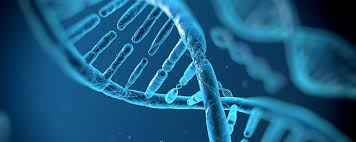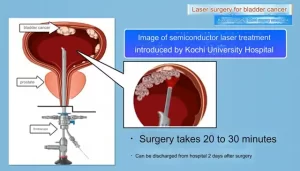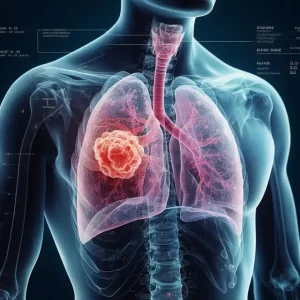Do you really need to do tumor sequencing?
- EPA Announces First-Ever Regulation for “Forever Chemicals” in Drinking Water
- Kochi University pioneers outpatient bladder cancer treatment using semiconductor lasers
- ASPEN 2024: Nutritional Therapy Strategies for Cancer and Critically Ill Patients
- Which lung cancer patients can benefit from neoadjuvant immunotherapy?
- Heme Iron Absorption: Why Meat Matters for Women’s Iron Needs
- “Miracle Weight-loss Drug” Semaglutide Is Not Always Effective
Do you really need to do tumor sequencing?
Do you really need to do tumor sequencing? What is the purpose of tumor sequencing?
After the genetic sequencing is needed, the test results are mostly thick piles, and the maximum value can only be exerted after the doctor’s in-depth interpretation, instead of superficially interpreting the results, making the test a mere formality.

Medical technology is developing, but disease is also developing. We will always hear who and who suffers from what kind of cancer. For cancer patients around, some people would recommend second-generation sequencing to find imported targeted drugs.
So, among all kinds of cancers, a large proportion of them can be found through sequencing? For different cancer patients, how do you consider whether it is necessary to sequence?
So what is gene sequencing?
First of all, it must be clear that there are many differences between cancer cells and normal cells, and the most important point is that many cancer cells have genetic mutations, some genes are missing, some genes are fused, some genes are rearranged, etc., using genes The test finds out the mutated gene, and then uses targeted drugs to treat the mutated gene.
After understanding the definition, the purpose of tumor genetic testing becomes obvious. The purpose of this test is to find more drugs. Doctors can select targeted drugs based on the test results to achieve better curative effects and effects. At the same time, gene sequencing can also provide relatively valuable guidance information for chemotherapy and so on.
In general, genetic testing is done in two ways, living tissue and blood.
The accuracy of living tissue is higher than that of blood. In the case of living tissues, fresh tissues need to be checked for genetic mutations to be accurate.
Therefore, the general recommended order of superiority and inferiority in clinical practice is: fresh tissue specimens (recent tissue specimens taken from recent surgery or biopsy)> tissue specimens within 1-2 years> latest blood specimens> old tissue specimens more than 2 years old.
It can be done when the tumor is first discovered, and it needs to be done again when the tumor recurs or the disease progresses. At this time, there will be a situation where the tumor is different from the original tumor, and there will be new genetic mutations, and genetic testing again will help new treatments.
In this way, genetic testing is conducive to the treatment of patients, but it is also necessary to understand: genetic testing is only an auxiliary method in the process of tumor treatment, and cannot have the magical effect of changing fate. If you blindly pursue genetic sequencing, It is very likely that there will be a shortage of people and money.
There are many types of genetic testing, and the price ranges are quite different. Different tumors, different stages, and for different purposes are suitable for different genetic testing. From simple detection of only one type of mutation in one gene, to complex large fragment insertions, deletions, inversions, translocations, etc., the types of gene detection are also for you to choose.
After gene sequencing, the test results are mostly thick piles, and the maximum value can only be exerted after the doctor’s in-depth interpretation, rather than superficial interpretation of the results, making the test a mere formality.
Patients and their families should also set their minds. Although genetic testing has certain advantages in finding targeted drugs, testing does not mean that drugs can be found. Even if a mutation target is found, there is no drug for treatment. Therefore, when dealing with tumor gene sequencing, we must calm our minds and treat them rationally!
(source:internet, reference only)
Disclaimer of medicaltrend.org



